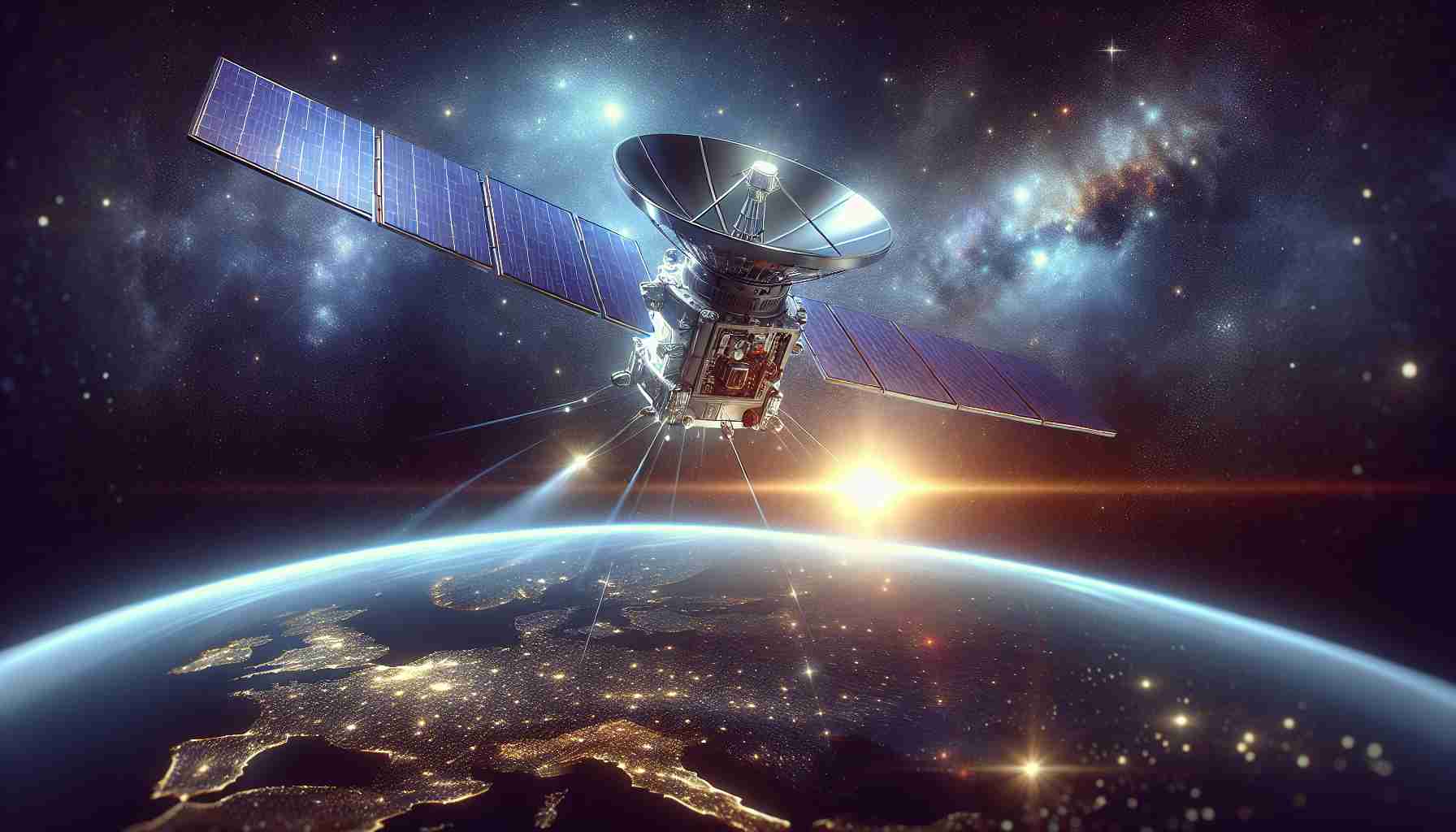
Northeastern University is at the forefront of an ambitious project that may transform global internet connectivity. A collaboration between engineering faculty and the student-led Project Horizon aims to establish a pioneering satellite network utilizing sub-terahertz (sub-THz) frequencies.
The potential benefits of this initiative are immense. By advancing satellite communications, the team hopes to deliver high-speed internet access to underserved regions and maintain vital connections during environmental emergencies. One of the project’s leaders, a professor in electrical and computer engineering, expressed enthusiasm about its global applicability, indicating that such networks would extend internet coverage to even the most remote parts of the world.
Contributing to this effort are experienced professors from various engineering disciplines. Together, they are working closely with Moorehead State University to develop a robust testbed for their satellite networks. The exploration of terahertz frequencies, known for their incredible data transmission speeds, is critical to this endeavor.
Presently, limited capabilities in satellite connectivity exist. While some consumer smartphones provide basic satellite functions, options for enhanced connectivity remain sparse. However, the use of advanced terahertz technology could revolutionize real-time communications, including video and audio streaming.
The long-term goal includes a satellite launch projected for 2027. The experiment will involve communication tests between two orbiting satellites and direct transmissions to ground stations on Earth. This project represents a substantial step toward refining satellite communication technology, potentially reshaping internet access for millions.
Innovative Satellite Technology Poised for Internet Revolution
The race for global internet connectivity is heating up, with groundbreaking innovations in satellite technology set to redefine how we connect and communicate. As companies and institutions ramp up their efforts in this space, one major consideration is how advancements in satellite networks, particularly those utilizing sub-terahertz (sub-THz) frequencies, could bridge the digital divide.
What are the most pressing questions surrounding this technology?
1. How does sub-THz technology differ from traditional satellite communication?
– Sub-THz frequencies enable significantly higher data transmission rates compared to traditional microwave frequencies. This advantage not only offers faster internet speeds but also enhances the capacity to transmit larger volumes of data simultaneously.
2. Who stands to benefit from these advancements?
– Underserved and rural communities, particularly in regions lacking robust terrestrial internet infrastructure, are the primary beneficiaries. Additionally, emergency response teams require reliable communications in disaster-stricken areas, where conventional infrastructure may be compromised.
3. What are the global implications of satellite internet technology?
– Beyond economic growth and educational opportunities, widespread internet access can empower individuals and communities by facilitating access to information, services, and new markets.
Key challenges and controversies associated with innovative satellite technology
Despite the promise this technology holds, there are notable challenges.
– Space Debris: The increasing number of satellites in low Earth orbit raises significant concerns about space debris. As more companies deploy satellites, the risk of collisions could create dangerous debris fields that threaten both current and future missions.
– Regulatory Hurdles: Establishing a satellite network involves navigating complex international regulatory frameworks. Different countries have varying regulations about spectrum allocation, which can complicate operations for global satellite networks.
– Environmental Impact: The production and eventual disposal of satellites raise sustainability concerns. There is an ongoing debate about the environmental footprint of launching numerous satellites and their long-term impact on the Earth’s atmosphere.
Advantages and disadvantages of satellite internet technology
Advantages:
– Global Coverage: Satellite technology offers the potential for internet access in even the most remote areas of the world, providing a vital service where terrestrial networks fail.
– Disaster Recovery: In times of crisis, such as natural disasters or conflicts, satellite internet can ensure communication continuity when ground infrastructure is compromised.
– High-Speed Access: With advancements in sub-THz technology, satellites can provide much faster internet speeds than existing technologies, allowing for seamless streaming and data transfer.
Disadvantages:
– Latency Issues: Traditional satellites experience higher latency compared to fiber-optic connections because of the distances involved. While advancements are being made, this remains a challenge, especially for time-sensitive applications like online gaming.
– Cost of Deployment: The cost of launching and maintaining satellite constellations is significant, which can limit the ability of smaller companies or developing nations to fully participate in this initiative.
– Weather Sensitivity: Satellite signals can be adversely impacted by weather conditions such as heavy rain or snow, potentially affecting service reliability.
As innovative satellite technology continues to evolve, the landscape of global internet connectivity is set to change dramatically. The combination of higher speeds, greater accessibility, and the ability to maintain communication in critical situations positions this technology as a vital element in the future of the internet.
For further insights on the landscape of satellite technology and its implications for internet access, visit Space.com and NASA.gov.



